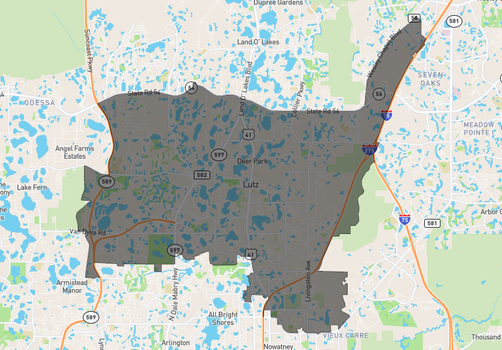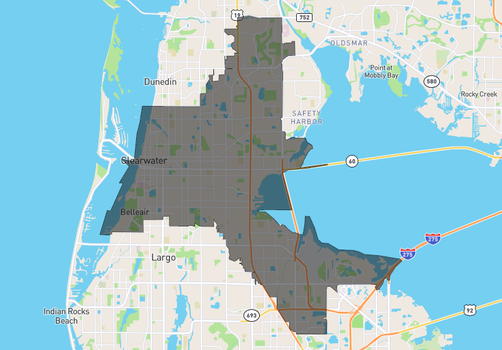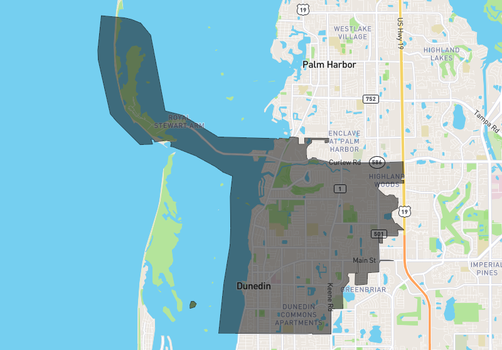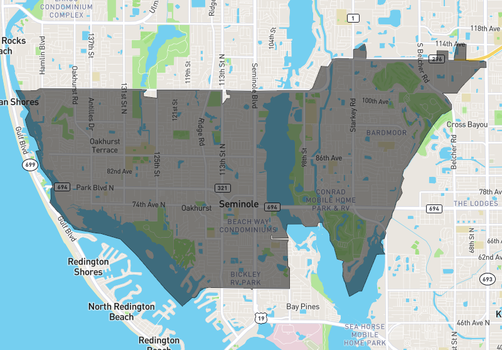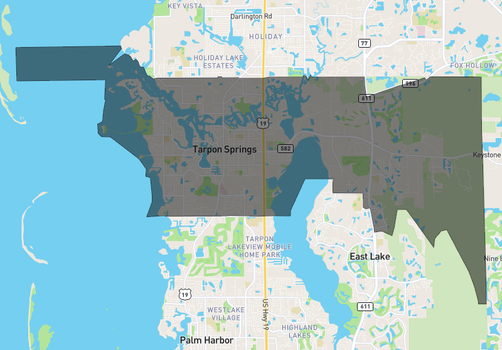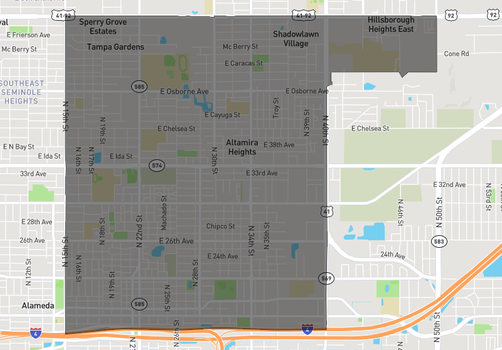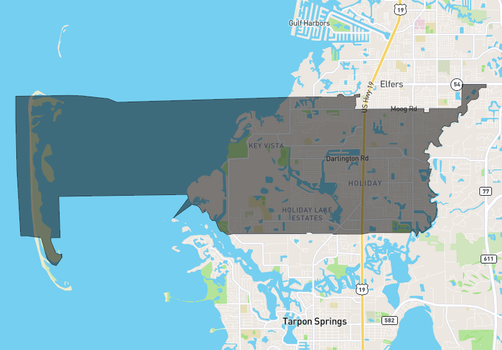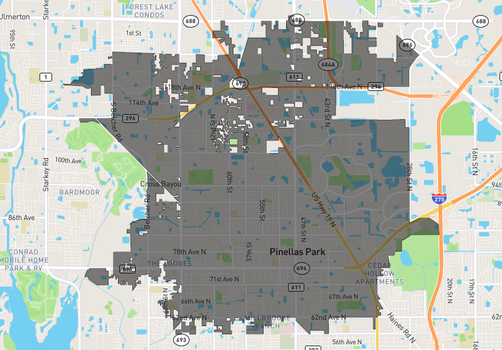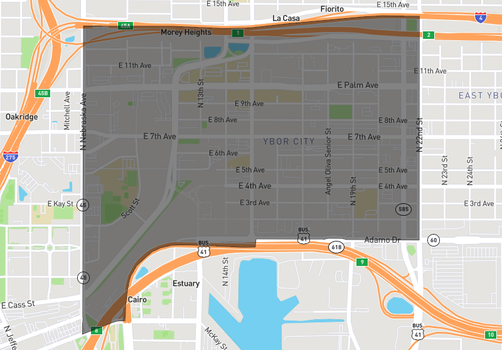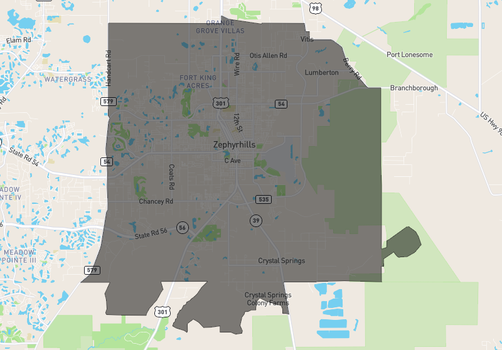Bonus depreciation is back at 100% for qualifying assets placed in service after the January 19th, 2025 cutoff. Pair that with a smart cost segregation study and, where applicable, Real Estate Professional Status (REPS), and you have one of the most powerful, legal ways to bring forward tax deductions, improve after-tax cash flow, and scale faster—without changing the bricks-and-mortar performance of your deal. This guide explains what each tool actually does, and shows how they interact now that 100% bonus is restored — from the scheduled 40% this year!
Cost Segregation
Cost segregation is an engineering-driven analysis that breaks a property’s depreciable basis into buckets with different IRS recovery periods. You start by removing land (never depreciable). What remains, your improvements, gets classified. The long-life “structure” of a residential rental stays on a 27.5-year schedule (39 years for most commercial). But a surprising amount of what you bought isn’t “structure.” Items inside units: appliances, cabinets, countertops, certain dedicated electrical, flooring, and items outside: parking lots, sidewalks, fencing, lighting, landscaping, drainage often qualify as 5-, 7-, or 15-year property.
Cost segregation does not create extra deductions. It changes timing. Dollars that would have trickled out over 27.5 or 39 years get reassigned to shorter lives. Even if bonus depreciation didn’t exist, that acceleration by itself is valuable, because more of your deductions arrive in years one through fifteen, when cash is tight and momentum matters.
Bonus Depreciation Is The Accelerator
Bonus depreciation is the separate tax rule that lets you expense some or all of the cost of assets with a tax life of 20 years or less in the year you place them in service. In a 100% bonus year, you can deduct the entire cost of those short-life assets immediately. The building’s long-life structure does not qualify. Land never qualifies. Used assets can qualify if they are “new to you.”
Think of bonus as an accelerator applied to the buckets that cost segregation reveals. Without bonus, your 5-/7-/15-year components would be depreciated over those shorter lives. With 100% bonus back, you can take them all in year one. Your lifetime depreciation total does not change. You are just taking more now and less later. That timing edge is why investors love it: a dollar of tax saved today is worth more than a dollar saved years from now.
“100% of What,” Exactly?
“100%” applies to the cost basis of qualifying assets with recovery periods of 20 years or less. It does not apply to land or to the 27.5- or 39-year structure. If you buy for $1,000,000, allocate $200,000 to land and $800,000 to improvements, and a cost seg identifies $240,000 of 5-/7-/15-year components, 100% bonus lets you deduct that $240,000 in year one. The remaining $560,000 stays on straight-line at roughly $20,364 per year for 27.5 years. Without bonus, you would still depreciate the $240,000 faster than the building, just over five to fifteen years instead of immediately.
What Changed in 2025
Under the old phase-down, bonus fell from 100% (2018–2022) to 80% in 2023 and 60% in 2024, with 40% expected in 2025, 20% in 2026, and 0% thereafter. A new federal law in 2025 restored 100% bonus for qualified property acquired and placed in service after the January 19, 2025 cutoff. Assets placed in service between January 1-19th 2025 generally remain under the 40% rule for that year. For most real estate investors and operating businesses, that means the familiar playbook returns: identify short-life property and expense it all in year one once it’s placed in service.
A Simple, Reusable Example
Assume you acquire a 10-unit building for $1,500,000, allocate $300,000 to land and $1,200,000 to improvements, and invest another $200,000 in value-add work. Your depreciable basis after land is $1,400,000. A reasonable cost segregation outcome might move $300,000 into short-life categories across unit interiors and site work, with the remaining $1,100,000 as 27.5-year structure. With 100% bonus, that $300,000 is deductible immediately in the year you place those assets in service. You also begin straight-line on the $1,100,000 (about $40,000 per year). If operations break even before depreciation, your return shows a paper loss of roughly $340,000 in year one. It’s not a “free” deduction; you’re borrowing from future years. But the cash saved now is real and can be redeployed into turns, exterior upgrades, or the next down payment.
Scale the same logic down to a single-family rental. You refresh interiors and fencing for $60,000, all in categories that qualify for 5-/7-/15-year lives. In a 100% bonus year, that is a $60,000 deduction now instead of a trickle over five to fifteen years. At a 30% blended tax rate, that’s roughly $18,000 of current-year tax savings—cash that stays in your business.
Where REPS Fits and Why High Earners Care
By default, rental losses are passive. Passive losses can offset passive income, and any unused portion carries forward or unlocks on a taxable disposition. Real Estate Professional Status changes the game. If you (or your spouse on a joint return) spend at least 750 hours during the year in real property trades or businesses and more than half of your total working time in those activities, and you materially participate in your rental activity, then your rental losses become non-passive ordinary losses. In plain English, they can offset W-2 wages, commissions, and other active income. If you own multiple rentals, you can elect to aggregate them so your hours and participation tests are applied to the portfolio as a whole.
Combine REPS with a cost seg and 100% bonus, and the big year-one paper loss from accelerated depreciation can reduce this year’s ordinary income, not just passive income. For a high-income earner, the cash-flow impact can be dramatic. Consider the 10-unit example again: a $300,000 bonus deduction plus about $40,000 of straight-line creates roughly a $340,000 loss. With REPS and material participation, that loss can shelter ordinary income, subject to other limits described below. In a top marginal bracket, the immediate federal tax savings can exceed six figures. That is money you keep this year and reinvest.
There are guardrails. Excess business loss limits cap the amount of ordinary loss a non-corporate taxpayer can use in a year, with the remainder carrying forward as a net operating loss. At-risk and basis rules can constrain current deductions if you lack sufficient basis or if the debt structure is predominantly nonrecourse or otherwise limited. Business-interest limits may apply unless you elect real property trade or business treatment; if you do elect that treatment to deduct more interest, you must use ADS for certain property classes, which can eliminate bonus depreciation on those classes. This is a coordination problem: interest strategy and depreciation strategy must be set together so you don’t inadvertently trade away the very acceleration you were counting on. Finally, state conformity varies; some states do not follow federal bonus rules or REPS treatment, so multistate investors should map federal and state outcomes before locking in elections.
Documentation is central to REPS. This is not a label you declare once and forget. You qualify each tax year, and material participation is activity-specific unless you aggregate. Calendars, time logs, emails, invoices, mileage, and management records matter. If you plan to rely on REPS, set up your recordkeeping on day one, not in April.
Placed-in-Service Timing and Sequencing
Bonus depreciation follows the year an asset is placed in service—ready and available for its intended use—not the year you signed a contract or made a deposit. If equipment is delivered in December but installed and functional in January, the deduction belongs to the January tax year. In value-add projects, it often pays to sequence scopes with this in mind. Group related components so they go into service together in a favorable year. Decide whether exterior work should be advanced to meet the cutoff. If you’re stabilizing and then refinancing, think about whether front-loading expenses into a 100% bonus year supports the balance you want between early tax shielding and future depreciation.
Section 179 vs. Bonus
Section 179 expensing also allows upfront deductions, but it has annual dollar limits and cannot create or expand a net loss. It’s flexible and elective, and it shines for smaller or specific asset classes in operating businesses. Bonus has no dollar cap and can create a loss that carries forward. In practice, many taxpayers use Section 179 on assets it fits best, then apply bonus to the rest. Now that 100% bonus is back, Section 179 is supplemental for most larger projects rather than central.
Exit and Recapture
Accelerating depreciation reduces your tax basis and can increase depreciation recapture when you sell. That is the counterweight to the year-one benefit. The reason experienced investors still accelerate is the time value of money and the options you preserve. You can hold longer, refinance and continue to cash flow, use a 1031 like-kind exchange to defer recognition, or coordinate the sale with carryforwards or offsetting losses. None of these erase recapture universally, but they can reshape it. Good underwriting shows the tax shield in year one, the path of cash flows, the likely recapture at exit, and the net result across your planned hold. A qualified CPA is crucial to planning.
When a Cost Seg Study Is Worth It
For modest projects, you can often expense obvious short-life items without a formal study. As basis grows into the high six figures and beyond, a defensible study typically pays for itself quickly. Look for a deliverable that documents components with photos, drawings, and clear life assignments. That level of support matters if you’re examined and, more importantly, it gives you a depreciation schedule and fixed-asset detail you can live with for years.
Combining It All
Though it may seem complex for new, the play is straightforward. Underwrite the deal on operations first; depreciation doesn’t save a bad deal. Sketch a depreciation plan that fits your business plan and the placed-in-service calendar. Size and price a cost segregation study appropriate to the property. Coordinate Section 179 and bonus elections. If you expect to qualify for REPS, set up your hour tracking and consider aggregating rentals so participation is measured across the portfolio. Before you file, reconcile basis, at-risk, excess business loss limits, and any real property trade or business election that could affect bonus. Model your exit and potential recapture at the same time you model NOI growth and debt paydown. Finally, check state conformity so there are no surprises.
The result, when executed cleanly, is simple and powerful. Cost segregation identifies the parts of your property eligible for short lives. 100% bonus depreciation lets you take those deductions now, in full, for assets placed in service after the January 2025 cutoff. REPS, when you can substantiate it with material participation, determines whether those accelerated losses can offset ordinary income this year or must wait in the passive bucket. None of this changes rent growth, expenses, or cap rates. It changes the cadence of your cash flows and how quickly your capital cycles back to you, which in turn changes how fast you can renovate the next unit, acquire the next building, or scale the operating business attached to your real estate. Used thoughtfully and documented well, this trio—cost segregation, 100% bonus depreciation, and REPS—remains one of the most practical, legal ways to optimize after-tax returns in 2025 and beyond.






